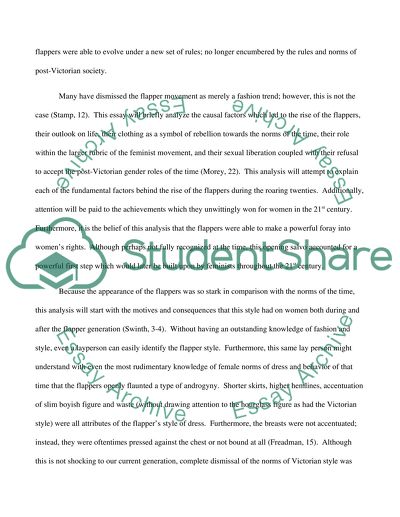Cite this document
(“Flappers: An Evolutionary Step towards Greater Women's Liberation Essay”, n.d.)
Retrieved from https://studentshare.org/english/1454654-flappers
Retrieved from https://studentshare.org/english/1454654-flappers
(Flappers: An Evolutionary Step towards Greater Women'S Liberation Essay)
https://studentshare.org/english/1454654-flappers.
https://studentshare.org/english/1454654-flappers.
“Flappers: An Evolutionary Step towards Greater Women'S Liberation Essay”, n.d. https://studentshare.org/english/1454654-flappers.


